What is the flavor of Italian espresso? How to mix Qianjie Italian style concentrate? How to make it concentrated?
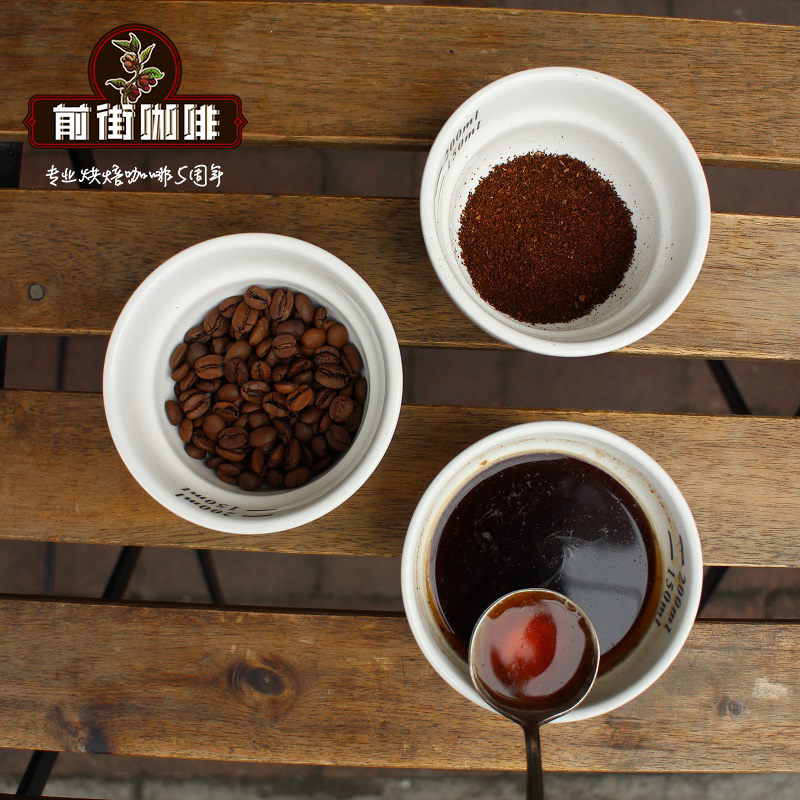
Professional coffee knowledge exchange more coffee bean information please follow the coffee workshop (Wechat official account cafe_style)
Nowadays, when you go into a boutique coffee shop and look through the coffee options offered, it is not difficult to find two major categories-single coffee and espresso.
How on earth is the Italian base concentration made?
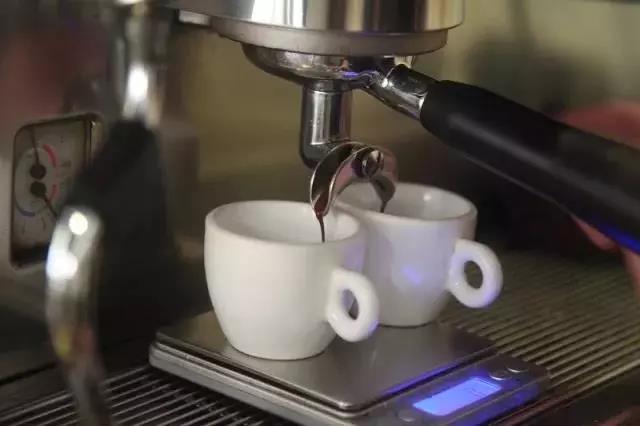
I would like to share my experience with you today.
First of all, we should know what factors affect the concentrated taste?
(1) Water pressure
In modern times, the water output and controllable water pressure are controlled by a water pump. Espresso ideal water pressure is generally 9 BAR, which is generally recognized as the most ideal air pressure.
(2) Boiler pressure
The boiler pressure is related to the water temperature of coffee making and the impulse of steam. The higher the boiler pressure, the higher the water temperature and the greater the impulse of the steam; otherwise, the lower the water temperature, the smaller the steam. The boiler pressure is generally around 1 BAR, but there is still a lot of controversy about this number, and every barista has a different understanding.
(3) Water temperature
The water temperature depends on the needs of different varieties of coffee beans, some are subject to boiler pressure, while others are more flexible and precise. According to the experience of most baristas, the water temperature is between 90 and 92 degrees Celsius, each barista can flexibly adjust according to their own understanding and needs, and can make their own style Espresso with their own hands.
(4) packing force
There are various styles of packing. In this world, almost no two people's packing will be the same. Generally speaking, if it is heavy pressure, the required pressure will be the pressure like 25kg/m2, but packing is indeed the freest parameter in the golden rule. Because we use a constant pressure powder hammer, the powder pressing strength is basically the same.
(5) the grinding thickness of coffee beans
Espresso is a very fine powder. The finer the grinding, the slower the velocity of water passing through the powder layer; the thicker the grinding, the faster the flow rate of water passing through the powder layer. Adjusting the grinding degree can flexibly change the extraction time while reaching the extraction quantity. Imagine this situation, using 20g fixed powder to extract 40g Espresso, which takes 25 seconds. Everything looks perfect, but when you taste it, body is thin and acerbic. Obviously, the extraction of this Espresso is insufficient and the concentration is low. At this time, grinding the coffee beans finer can solve the problems of insufficient extraction and low concentration, at the same time, it can reduce the acidity and increase the alcohol thickness.
(6) Powder quantity
Our single serving of Espresso powder is 12ml 14g coffee powder, and the double portion is 20ml 22g.
(7) extraction time
The extraction time of the gold rule is set at between 25 and 28 seconds, but the extraction time is actually a comprehensive expression of packing pressure, powder quantity and grinding degree, which needs to be adjusted by the barista's understanding.
(8) extraction quantity
We extract 20Mel 21g liquid in single part and 40g liquid in double part extraction, except for a few Italian who can use single part coffee powder but only extract 15ml coffee liquid.
(9) Coffee oil
The complexity of coffee grease can not be clearly explained by me in a few words. To put it simply, it requires a rich golden brown fat to make a good Espresso.
Tips:
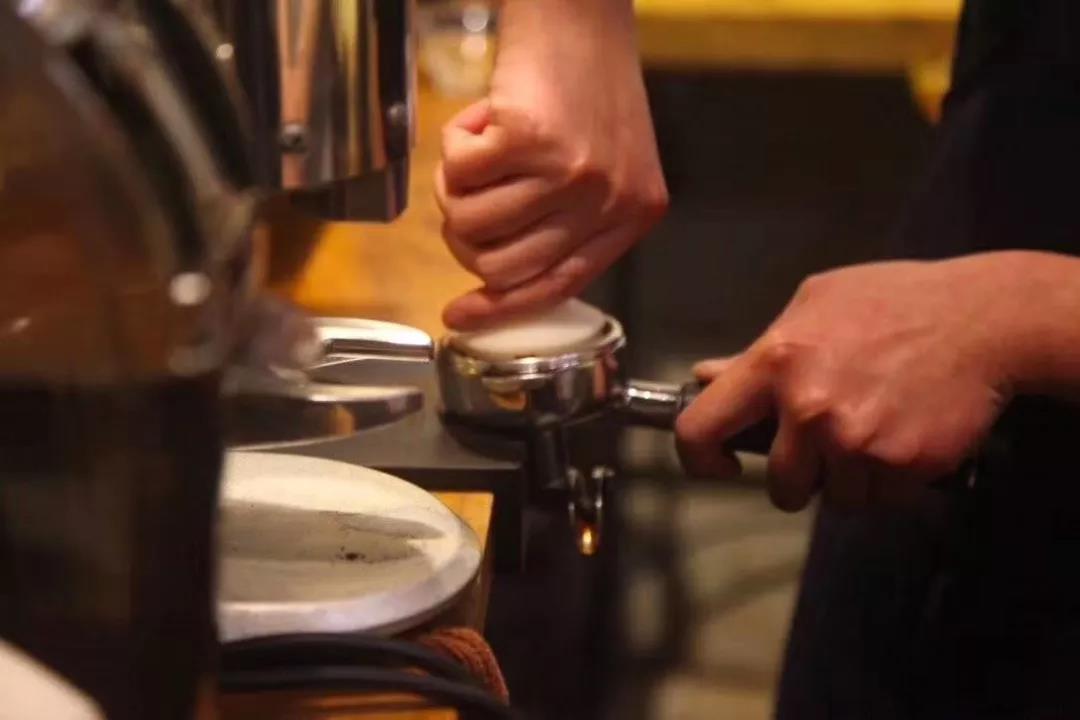
(1) We use the Italian bean grinder Pegasus 900N and the Italian Pegasus E78 with a powder hammer, and the water pressure, boiler pressure and water temperature are basically the same. Basically, we add new beans every day, shake the bean warehouse evenly, and grind out the old coffee beans on the knife plate, while using the new coffee powder to wash the old powder left in it.
(2) the gestures of powder and cloth powder were determined. Colombia and Brazil were used to mix the beans, the proportion was 4:6, the overall taste, sweet and sweet, slightly sour not irritating, sweet and sour balance, medium fat.
An ideal Espresso should be able to strike a balance between the various elements, taste bright, and feel sweet but not bitter in the throat after drinking it. To put it more specifically, it should have moderate sour, bitter, sweet, rich taste, solid and mellow consistency, lasting, and make people feel as refreshing and sour as citrus.
The amount of double-end powder is 22g, the liquid is extracted 40g, and the time is 27 seconds.
Mixed beans are mostly used in Italian coffee such as Espresso, Americano, Latte or Cappuccino, etc., the taste of coffee is more balanced, more palatable, more stable, it can be said that the taste is more popular.
Blended coffee, also known as mixed coffee, is to mix a variety of individual coffee beans together, so as to give full play to the strengths of various individual coffee beans, blended beans from different areas of coffee beans mixed to make a more balanced taste.
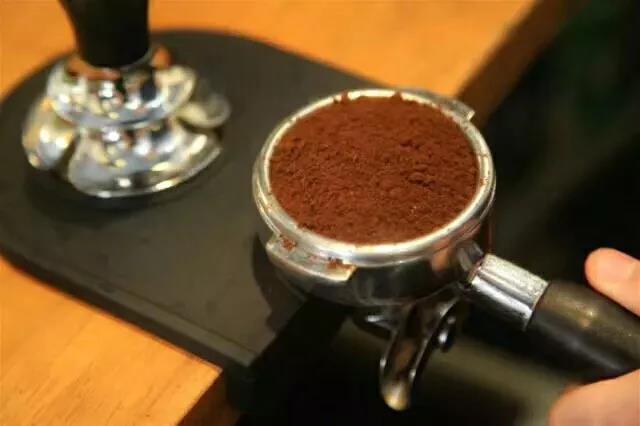
For example, if one kind of coffee bean is slippery but lacks aroma, another kind of coffee with rich aroma can be added to make the advantages of individual coffee beans complement each other, complement or strengthen each other in taste, thus creating a richer new taste of coffee. Sometimes the beans are mixed first and then baked, which is called roasting; sometimes they are roasted and then mixed with coffee beans, which is called cooked.
Mixing after baking provides different degrees of baking for each bean so that each ingredient shows the best effect.
Before matching beans, we should first know the flavor of different varieties of coffee in the world, and beans have different characteristics according to their origin. Different coffee beans have different personalities because of different varieties and producing areas, and there are subtle differences in sour, bitter, sweet, aroma, mellow thickness and other flavors. Single coffee beans often show the unique characteristics of a certain kind of coffee.
The formation of the SOE trend of single origin:
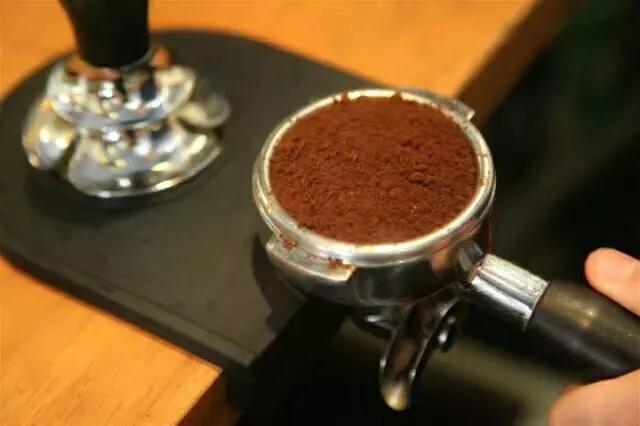
Recently, SOE,SOE stands for single-origin espresso, although it is not necessarily equivalent to fine coffee, but if you select single-origin coffee beans with easy to identify flavor as SOE, you can produce a typical espresso with unique flavor. For example, Yega's typical citrus flavor, Kenyan fruit flavor, etc., coupled with espresso will magnify the taste of coffee, so specific flavors will be more prominent than hand brewing. However, although SOE is outstanding, its shortcomings are relatively easy to be magnified because it comes from a single place of origin, so factors such as roasting and particle size will affect the flavor, so it is not necessarily better to drink than coffee.
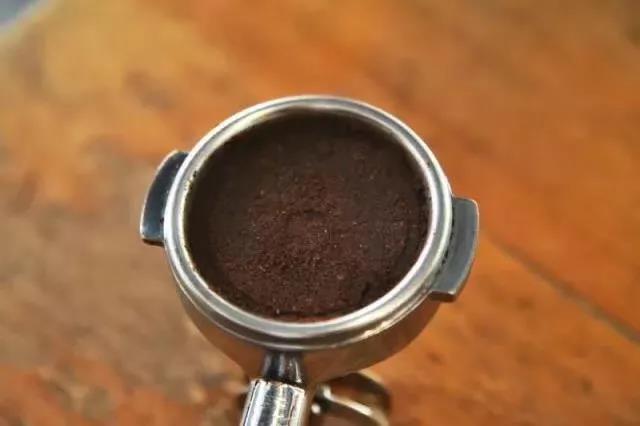
[Robusta]
It is mainly used for concentrating and blending to increase the thickness of alcohol and get rich oil. Robusta coffee beans are oval, spherical or nearly spherical in shape, with a straight line in the center line.
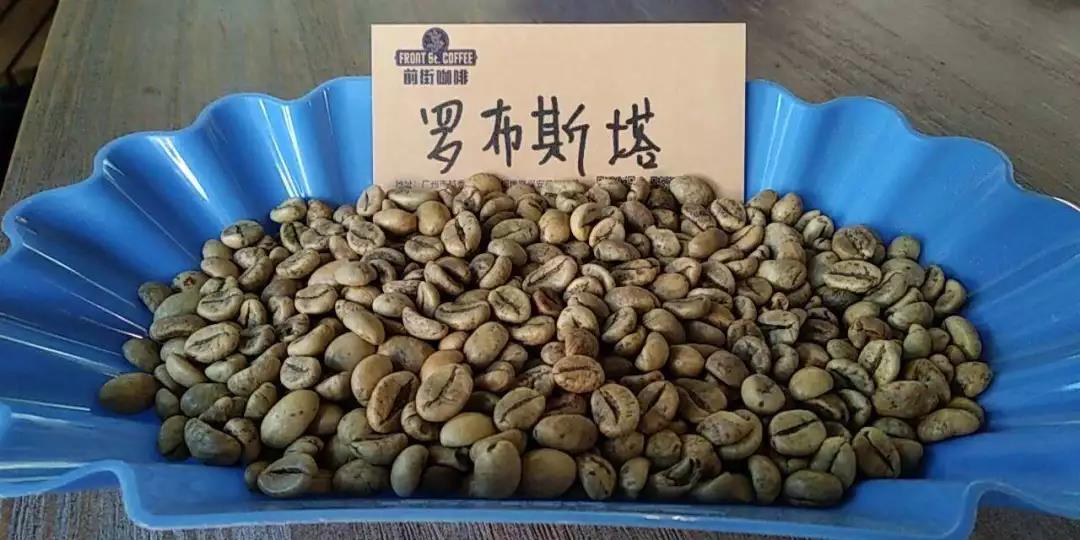
[Arabica]
Arabica coffee produced in different regions, different elevations and different climates has its own characteristics and can show completely different individual flavor. It smells like grass when it is not baked, and after proper baking, it shows "fruity" (medium-shallow baking) and "caramel flavor" (deep baking). Suitable for a single origin and a variety of mixed beans, can be made using a variety of extraction techniques.
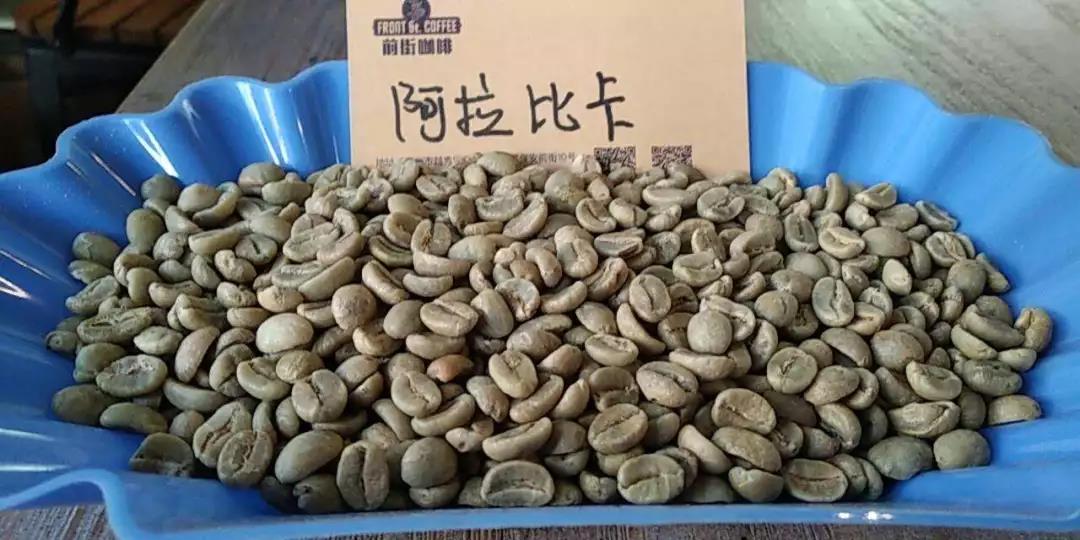
◎ Arabica coffee beans are long oval and flat in shape, with S-shaped or C-shaped midline.
How many Luodou is more suitable for Italian matching beans?
Independent cafes generally use mixed beans, we think 10% Luodou, less than 20% is more suitable, more than this proportion, there is a kind of rubber flavor.
So, how do we match?
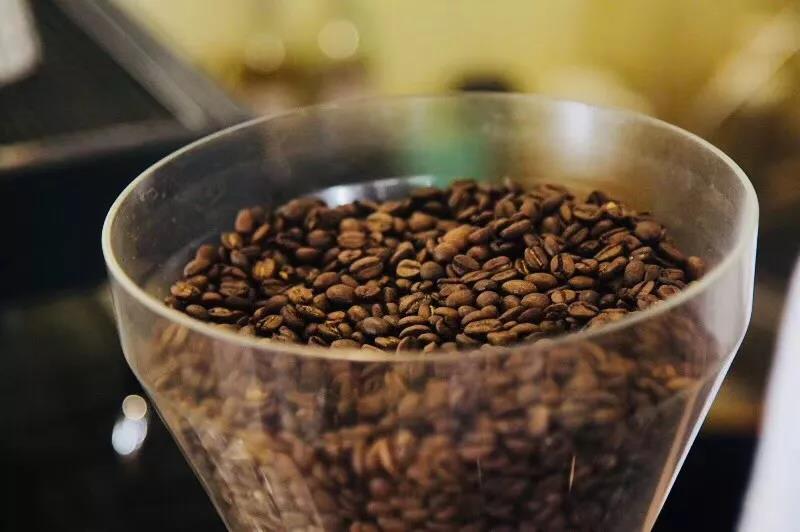
(1) Qianjie Italian match No. 2: Colombia: Brazil, proportion 3100% Arabica, flavor characteristics: comfortable sweet and bitter taste, extremely smooth entrance; with light grassy aroma, slightly bitter fragrance; smooth and smooth finish. Using medium-deep baking, when concentrated, the taste will be soft, slightly sour, sweet, nutty, the overall feeling will not be too exciting, peaceful, grease belongs to medium.
(2) Commercial matching:
Colombia: Brazil: Robusta; ratio 3:6:1, life
In terms of the flavor of individual beans, the taste of coffee obtained from commercial beans is much lower than that of high-quality coffee beans. Generally, commercial beans are chosen to be used for blending. After mixing the beans, you can also make coffee with a good export flavor, which can be used to make lattes. Cabo and other espresso. And our commercial mix to make Espresso, because there are robusta beans, oil will be richer, taste classic, caramel sweet, nut and cocoa, dark chocolate flavor, sweet and sour balance, a little bittersweet, long-lasting.
(3) basic matching:
Yunnan AA: Brazil; ratio 3:7, cooked; with soft fruit acid, caramel sweetness, nutty, dark chocolate flavor, smooth and sticky, but light.
In fact, the addition of Robusta beans to some Italian concentrated recipes can bring more caffeine, better fat and taste balance. For commercial spells with Luodou, 100% Arabica [boutique Italian # 2] actually contains less than 10%. If you can't drink milk coffee, the overall fat of the coffee will be greatly increased.
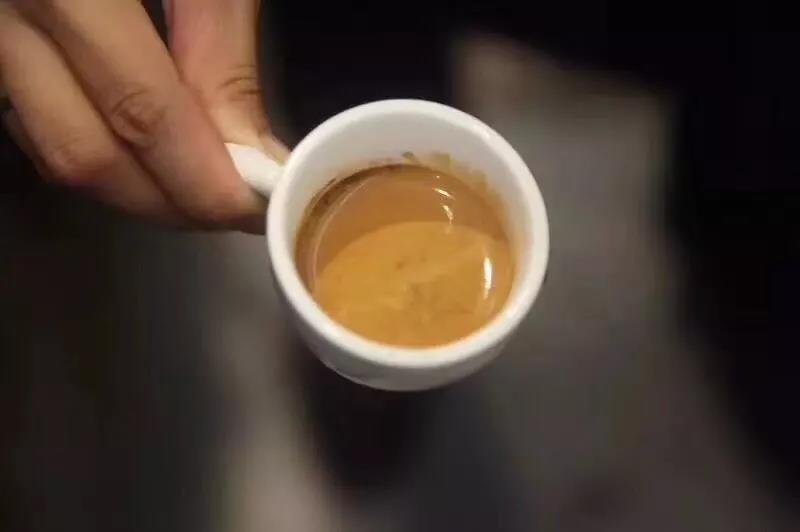
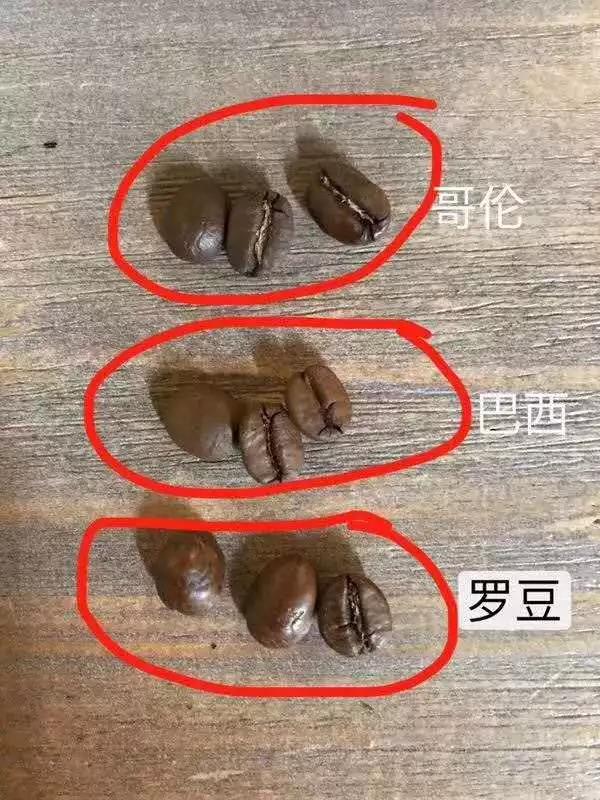
Important Notice :
前街咖啡 FrontStreet Coffee has moved to new addredd:
FrontStreet Coffee Address: 315,Donghua East Road,GuangZhou
Tel:020 38364473
- Prev
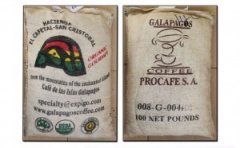
Coffee roasting training Ecuadorian boutique coffee
Chongqing Brista Coffee West Point training School Coffee roasting training will bring you a relatively rare and precious coffee from Ecuador in South America. This bean comes from Ecuador but rarely bears the name of Ecuador. Instead, it is directly named Galapagos after its origin. The island is more than 1000 kilometers away from Ecuador, because it is away from the land.
- Next
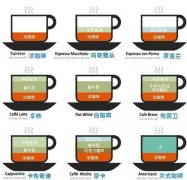
Coffee knowledge Italian coffee menu illustration
Espresso is a kind of coffee made by using Italian coffee machine through the use of Italian coffee beans. Italian baristas pour steam-heated milk into Italian coffee to form the more popular cappuccino coffee in China. in the eyes of most domestic baristas, the pull on the surface of cappuccino is better than the coffee itself.
Related
- Beginners will see the "Coffee pull flower" guide!
- What is the difference between ice blog purified milk and ordinary milk coffee?
- Why is the Philippines the largest producer of crops in Liberia?
- For coffee extraction, should the fine powder be retained?
- How does extracted espresso fill pressed powder? How much strength does it take to press the powder?
- How to make jasmine cold extract coffee? Is the jasmine + latte good?
- Will this little toy really make the coffee taste better? How does Lily Drip affect coffee extraction?
- Will the action of slapping the filter cup also affect coffee extraction?
- What's the difference between powder-to-water ratio and powder-to-liquid ratio?
- What is the Ethiopian local species? What does it have to do with Heirloom native species?

